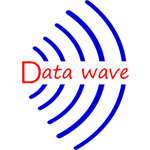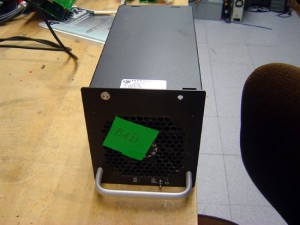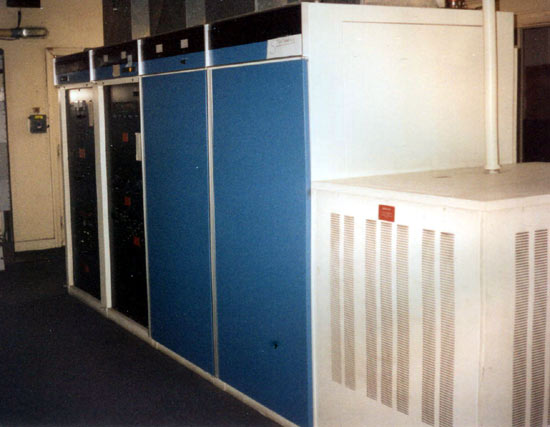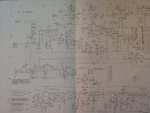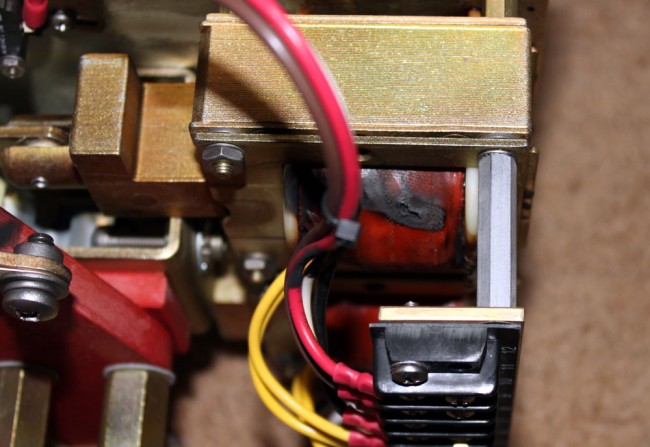Gone is the day when the radio station engineer had to troubleshoot down to the component level, often crawling in and out of transmitters to get at the suspected part. I for one, spent many a long night at a transmitter site chasing some weird combination of symptoms down to the $0.34 1N914 diode in the directional coupler (see previous post about the MW-50).
It is a skill set now mostly confined to manufacturers’ repair departments, for which they charge a pretty penny. Nowadays, the technician simply slides out one module or circuit card and slides in another. If that doesn’t fix it, panic ensues. I know of several class C FM radio stations that are now relying on the computer guy to fix transmitters, because, you know, it’s cheaper.
To be fair, most engineers are contractors and many of those simply do not have the time to troubleshoot to the component level. So, they ship everything back to the factory and then pass the cost on to their client.
Then of course, most circuit boards these days are surface mount systems, which are hard to work on if you don’t have the right tools. Normally an expensive temperature-controlled soldering station is required, as well as a magnifying glass.
All of these things combine to make circuit board work something to be outsourced. Unfortunately, a night spent troubleshooting was often a great learning experience. I have done some of my best work when my back was up against a wall and I was out of options.
I make the attempt to fix things locally unless the transmitter or other item is under warranty or not having a spare/attempting to troubleshoot will take the station off the air. I think it is important to keep abreast of technology and keep my troubleshooting skills up to par. Besides, I find it gratifying that at least I can still fix things.
